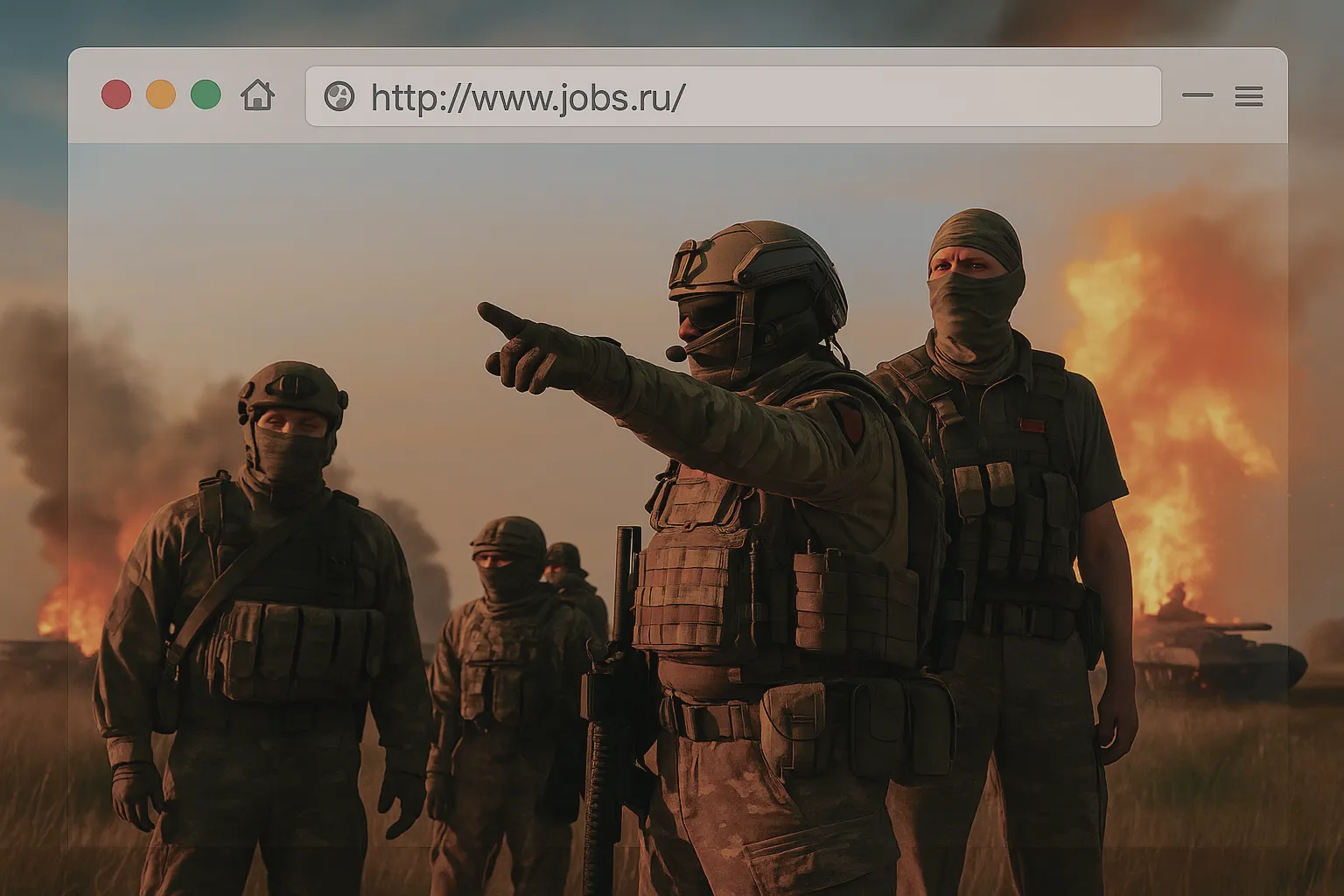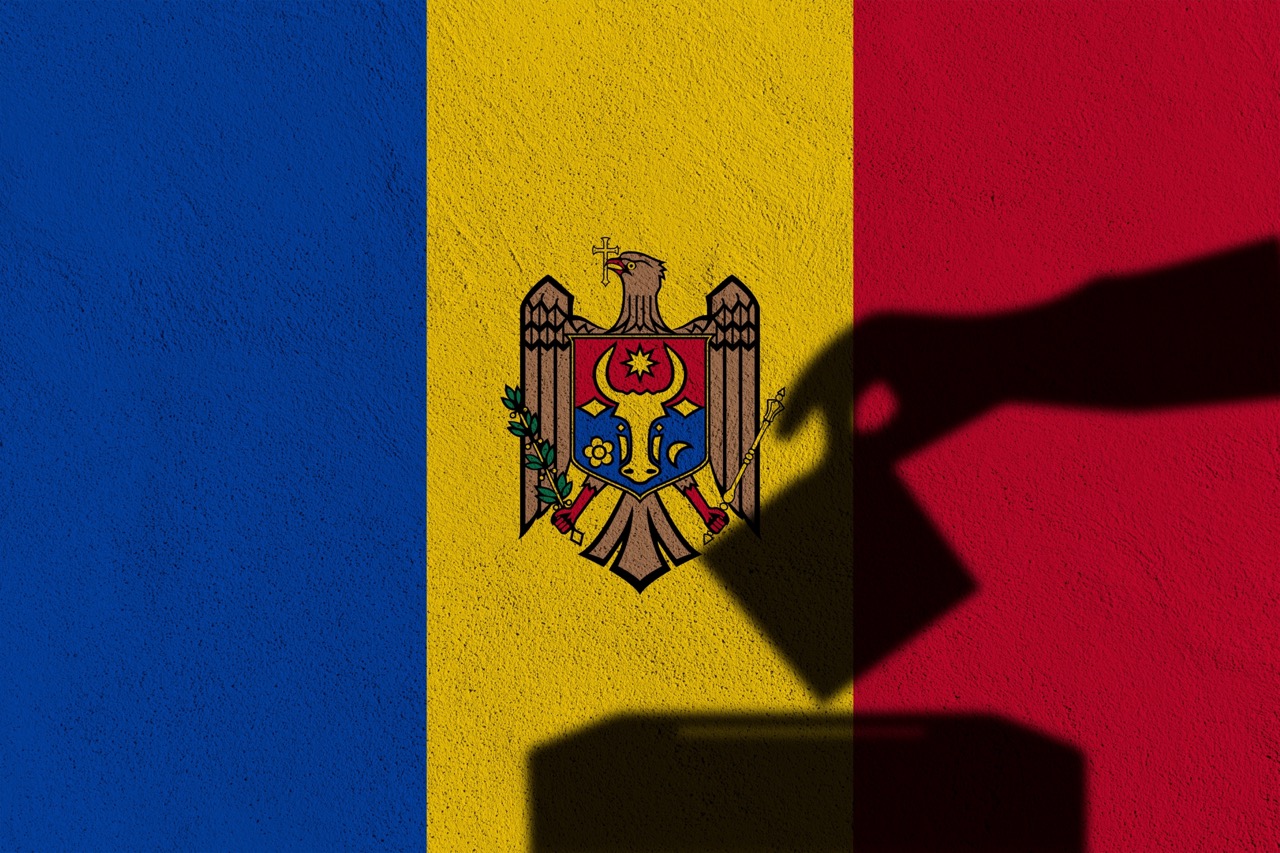
Rise of Xenophobia in Russia: From “Everything for Migrants” to Mass Deportations and Hate Speech
On February 5, 2025, Russia launched the “controlled people” register – a database limiting illegal migrants from accessing essential services and streamlining the deportation process. This marks a significant shift from Vladimir Putin’s 2021 statement that “Russia does everything for migrants to feel comfortable.”
A public campaign against migrants has led to the spread of hatred on social media: the number of comments insulting migrants and calling for deportations and violence has increased by 720% in 2024. OpenMinds explains what fuels online xenophobia in Russia and measures the scale of this campaign.
“Four young men, who appeared to be Caucasian, attacked a Russian walking with a child in New Moscow. Will we tolerate this again?” – goes the 2021 post by a pro-Kremlin outlet Tsargrad TV, referring to an incident in Moscow’s suburbs. The rhetorical question in this quote is a typical technique used by Tsargrad – others include sarcastically calling migrants “foreign specialists”, plotting conspiracies about migrants “replacing” local population, or highlighting the dangers posed by migrants via crimes they conduct.
The case of “four young men” drew intense media attention, triggering police raids on “illegal construction sites” and prompting Moscow Mayor Sergey Sobyanin to pledge a reduction in migrant labour on construction projects. It became the most high-profile media event of the year involving migrants.
However, in 2024 every month except February saw more migration-related media coverage than the 2021 peak, marking a 3.6-fold increase in total. This surge was primarily driven by the Crocus City Hall terrorist attack in March, after which authorities launched sweeping police raids targeting Tajik migrants, as the suspects were of Tajikistani origin.
The heightened scrutiny has since translated into legislative action, with Russian lawmakers introducing stricter migration policies. These measures – including banning migrant children from schools unless they speak Russian, establishing a “controlled people” register to make deportations faster, and imposing fines on Russian citizens assisting undocumented migrants – figuratively answer the “Will we tolerate this again?” question from Tsargrad TV three years before.
"Russia does everything for migrants to feel comfortable," Putin stated in the first half of 2021 – a rare moment of positive rhetoric amid an overall hostile discourse. That year, the labour shortage caused by the COVID-19 pandemic briefly softened the stance of both pro-Kremlin media and officials towards migrants. Putin even ordered a simplification of migrant recruitment for construction sites, and media highlighted vaccination centers set up for migrants in a relatively neutral tone.
However, this trend died fast. In December 2024 Putin outlined policies for shortening the number of migrants in Russia – a radical shift from “everything for migrants to feel comfortable” claim. Despite occasional neutral or positive coverage, the vast majority (84%) of migrant-related media publications since 2021 carried a negative tone. Crime, terrorism, drug trafficking, and economic fears such as job competition dominate the discourse, alongside identity politics narratives about the “Islamisation of Russia” and ethnic conflicts. Over time, media narratives have overwhelmingly reinforced the portrayal of migrants as a societal threat.
How hate speech has filled social media
Media framing affects the public perception of migrants as well. In October 2024, a coordinated raid in Balashikha, a city in Moscow’s metropolitan area, saw police officers join forces with members of the far-right paramilitary groups Russkaya Obshchina and Russkaya Druzhina to crack down on illegal migrants. The operation resulted in the detention of 39 individuals, who were taken to the police station and processed for deportation.
The raid is part of a broader campaign led by Russkaya Obshchina, an explicitly anti-migrant far-right group that claims to be fighting to “return Russia to Russian people”. The group actively publishes its activities on social media, particularly on Telegram and VK, where it has 642 thousand and 584 thousand followers respectively. Discussions in the comments section of its posts often serve as an echo chamber for hate speech.
The Balashikha raid was no exception – Russkaya Obshchina’s VK post detailing the operation quickly attracted engagement, receiving over 11 thousand likes and 660 comments. Below is a glimpse of comments about the raid:
- Why don't the police and administration work like Russkaya Obshchina?? Or do they need to be shaken up too?
- Forget the protocols, send them home at their expense, without the right of entry for the rest of their lives.
- What are the police being thanked for? Because they should have done their job a long time ago but didn't? Russkaya Druzhina are the only ones to thank.
OpenMinds identified 1.8 million comments like this. According to our calculations, 75% of all comments about migrants on VK in 2022-2024 contained varying degrees of xenophobia. Since 2022, the number of them has risen 7.2 times.
Just like publications by Tsargrad TV, the commenters’ xenophobic discourse covers a broad range of narratives, from demands for mass deportations to conspiracy theories about a so-called “great replacement” and dehumanisation through animal comparisons. Others blame migrants for job shortages or use isolated incidents to paint entire communities in a negative light. The number of comments increased proportionally, indicating that the media significantly influenced public discourse on migrants.
While media outlets do not openly call for violence or engage in explicit hate speech, they often frame their content in a way that fuels xenophobic sentiment. By maintaining a façade of “neutrality,” they rely on suggestive language (“foreign specialists”), leading questions (“will we tolerate this again?”), and selective reporting – such as emphasising the ethnic backgrounds of crime suspects or making broad generalisations about migrants’ nationality.
This is where far right groups like the Russkaya Obshchina step in. In November 2024, the VK group “Migrants in Russia as they are” posted a video of an individual threatening bus passengers with a broken glass bottle. Although the person's identity was unclear, the group labeled him a “foreigner.” The comment section quickly filled with calls to “kick all this scum from Russia,” “throw away the trash,” “deport all scum and migrants,” and even “find and neutralize.”
Such rhetoric is part of the Russian xenophobe’s lexicon, and posts about migrants rarely lack these kinds of calls. The VK group Slavic Community featured even more extreme appeals: “Strike first – otherwise you’re dead,” and “We need a law on forced castration.” Overall, we found that 53% of xenophobic comments included calls to radical action, such as deporting or using physical violence against migrants.
Xenophobia Turned Inward
The xenophobic discourse in Russia does not solely target migrants – it also extends inward, turning against various ethnic groups within the country. While discussions around posts featuring anti-migrant raids and crimes committed by foreigners often focus on Central Asian migrants, commenters sometimes shift their hostility toward non-Slavic ethnic minorities, particularly those from the North Caucasus.
Certain groups, like Bashkirs, Yakuts, and Buryats, face comparatively less hostility, often being portrayed as “more civilised” among non-Slavic peoples. However, ethnic slurs and conspiracy theories remain widespread. For example, comments referencing Tatar religious figures claim that “Tatar Wahhabis, Alyautdinov and Ğaynetdin, are promoting the Saudi Islamisation of Russia. Today they allow polygamy, tomorrow they will promote Sharia courts.” Other comments express outright calls for violence: “Those who have no problems with birth rates should be wiped out. Gypsies, Tajiks, Chechens…” Still, others promote conspiracies about Russia’s leadership, suggesting that “The decision-making centers in the Russian Federation are headed by the Khokhols, Azeris, Chechens... but not Russians. That’s the policy.”
Hatred toward Chechens, in particular, is deeply ingrained, with sweeping generalisations labeling them as “rotten and bandit people, with rare exceptions.” These examples demonstrate how xenophobia in Russia is not only directed at migrants but is also weaponised against internal minorities, fueling ethnic divisions.
_____________________
The Russian government and propaganda spread xenophobia against migrants by introducing restrictive policies under the guise of “security.” This seems to be an attempt to rally the population against a common enemy, whether migrants or other minorities. However, state-driven hate speech could become uncontrollable. A key warning sign is that xenophobia is turning inward, targeting non-Slavic ethnic groups within Russia and fueling social tensions. At the same time, strict migrant policies could harm the economy, as Russia faces a record labor shortage since the Soviet era.
The rise in anti-migrant sentiment in Russia appears to be more than just a reaction to crime or security concerns – it likely serves a broader political purpose. By portraying migrants as a threat, the state and pro-Kremlin media may be fostering a sense of unity against “the other” – a common tactic for mobilising the population. This shift has been accompanied by increasingly restrictive policies, such as the “controlled people” register and bans on migrant children enrolling in schools without Russian language skills. These measures risk pushing migrant communities into isolation, creating conditions for de facto ghettoisation, where lack of access to education and employment fuels a cycle of marginalisation.
As the government tightens restrictions and nationalist groups gain momentum, Russia entrenches a system in which exclusion and xenophobia become self-reinforcing, where each new policy or act of discrimination further solidifies negative stereotypes, encourages more radical rhetoric, and cements an environment where hostility toward migrants is both normalised and perpetuated.
Methodology
We collected more than 1.2 million publications from 10 popular political Telegram channels (rian_ru, mash, readovkanews, bbbreaking, RVvoenkor, SolovievLive, rt_russian, tass_agency, tsargradtv, truekpru) for the period from January 2021 to December 2024. These channels were selected as a sample representing state media, news aggregators, bloggers and journalists, and media outlets with the most pronounced ultra-patriotic and conservative agenda.
Using keywords, topic modelling techniques, and prompt engineering with the GPT-4o-mini model, we filtered 5 thousand publications relevant to external migration to Russia from the media news, and identified subtopics among them to which the publications related, initially mentioning this list and detailed explanation of what belongs to them in the prompt: Threat of violence and crime from migrants in Russia, Problems of illegal migration, Tightening of legalization in Russia, Security threats to Russians from migrants, Economic threats, Cultural and religious conflicts, Political aspects, Demand for migrants. The model also determined the tone of the publication.
As for the comments, we used VK API to source the relevant data in two iterations. At first, we used the keyword "migrants" to collect posts from January 2022 to December 2024. This resulted in a dataset of 500 thousand posts. Secondly, we scraped 5.3 million comments from these posts.
Using the GPT-4o-mini model, we identified 2.5 million comments related to labor migrants from Central Asia and the Caucasus, their work and employment, documents, illegal migration issues, conflicts involving migrants, cultural differences, crimes and deportation. Of these, the model identified 1.8 million comments as xenophobic. The model classified as xenophobic all comments that contained ethnophaulisms ("churki", "hachi", "blacks"), dehumanization ("animals", "savages", "non-humans"), calls to action ("drive out", "deport all"), stereotypes ("all criminals", "don't want to work"), negative generalizations ("they are like that", "these always"), conspiracy theories ("population replacement") and accusations ("taking away jobs", "spreading disease"). The model also identified comments containing calls to action regarding migrants.
The results of the LLM model were verified on random samples manually and were found to be satisfactory.

.svg)








.png)















.png)


.png)




.png)








-01-2.jpeg)
-01.png)
-01.png)




-01%25202-p-500.png)







